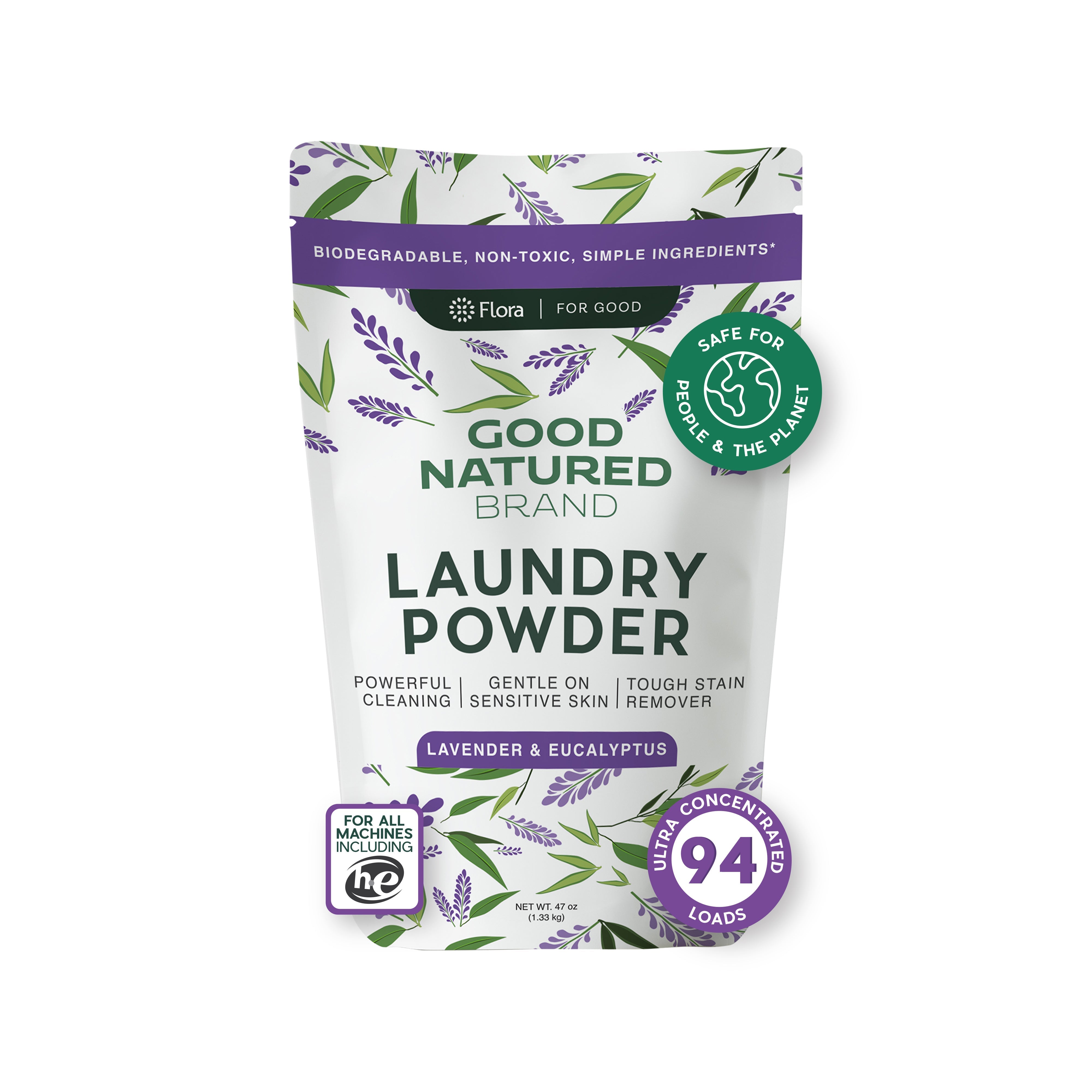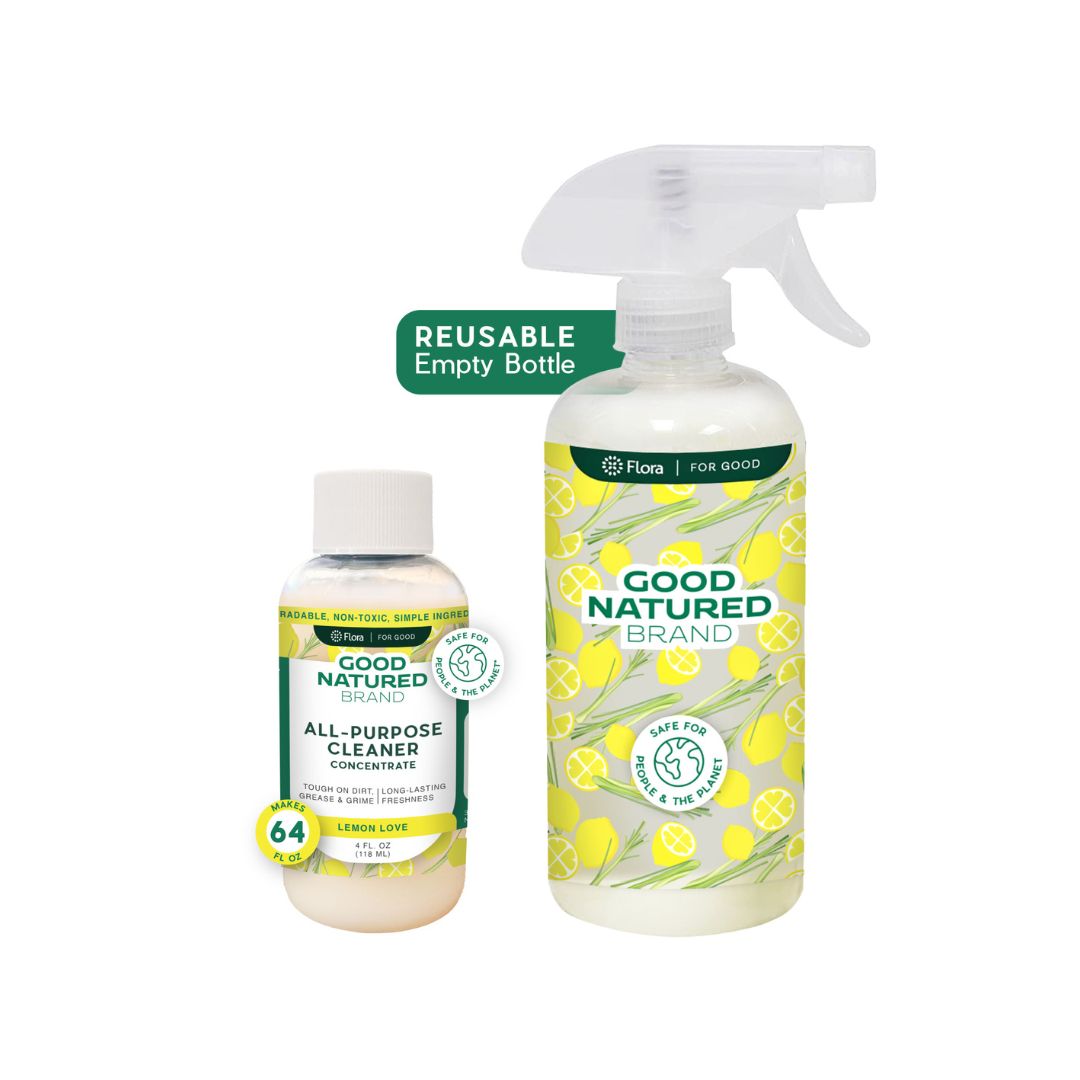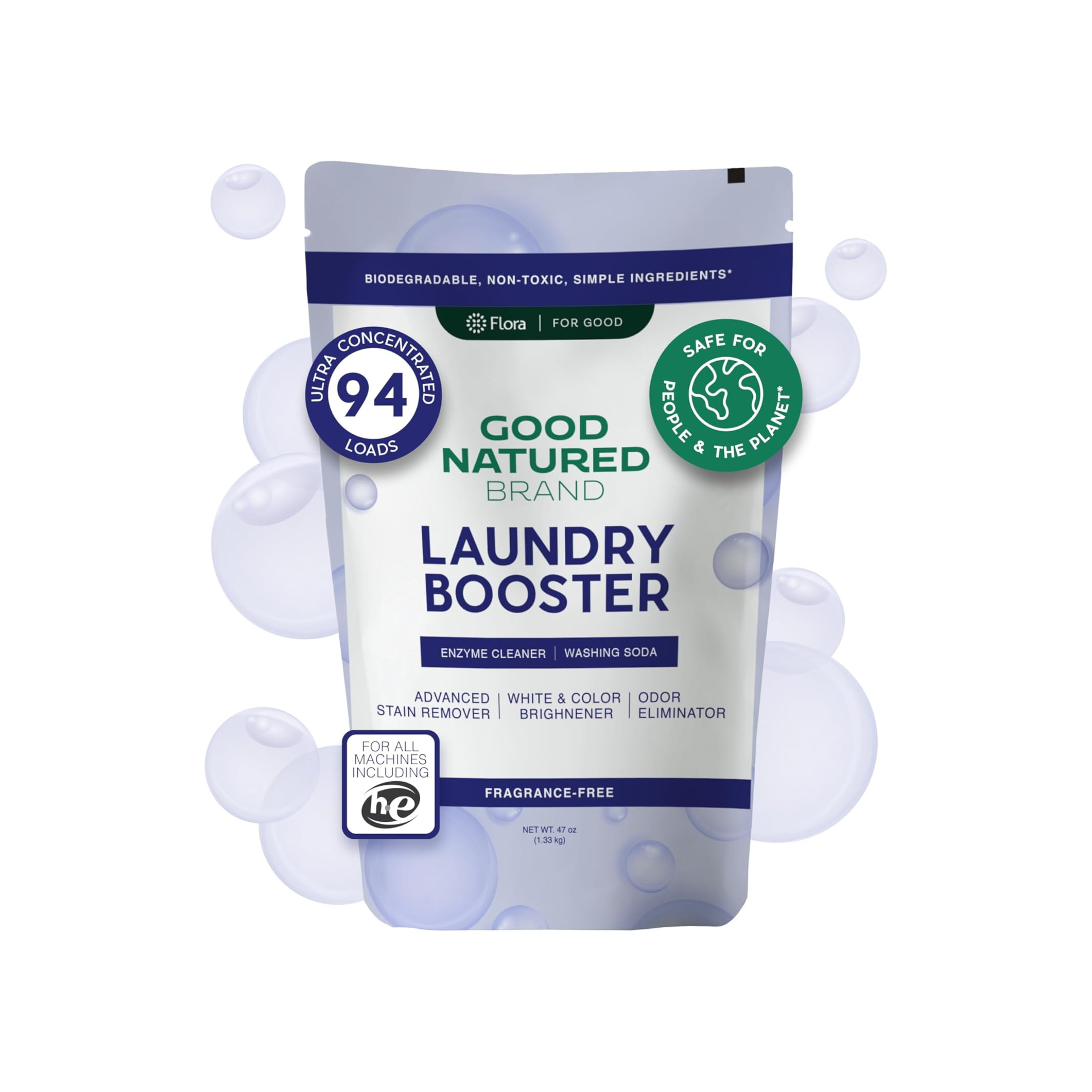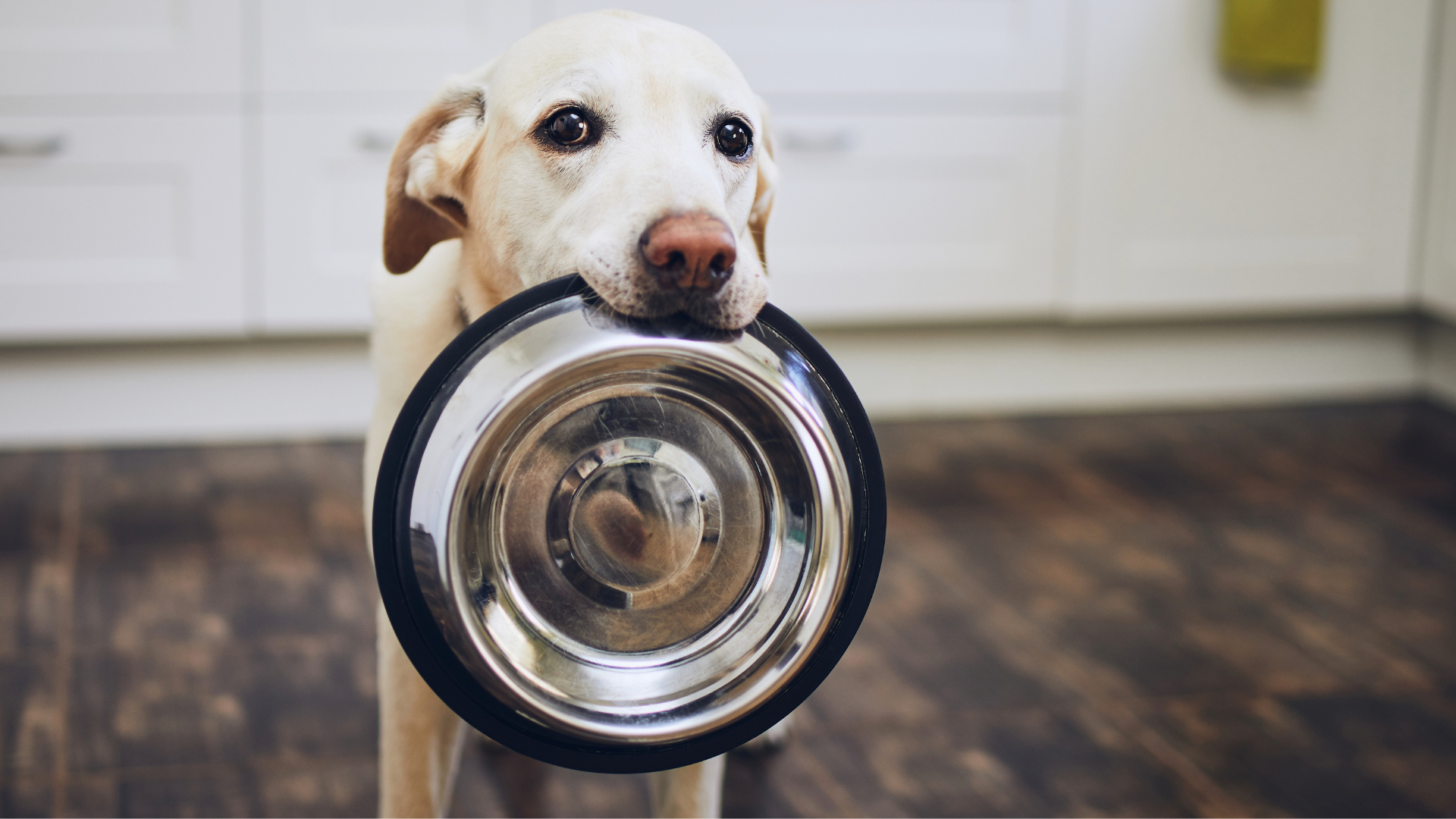Training a puppy can be one of the most rewarding experiences for a pet owner. Not only does it create a strong bond between you and your furry friend, but it also helps to establish good behavior and obedience that will last a lifetime. One of the most effective and humane training methods is positive reinforcement. In this blog, we will explore what positive reinforcement is, why it is beneficial, and how you can implement it effectively in your puppy training routine.
Understanding Positive Reinforcement
Positive reinforcement is a training technique that involves rewarding a dog for displaying desired behaviors. The idea is that by rewarding your puppy when they do something right, you encourage them to repeat that behavior in the future. Rewards can take many forms, including treats, praise, toys, or even playtime. This method contrasts sharply with negative reinforcement, which involves punishing unwanted behaviors. Research has shown that positive reinforcement leads to happier, more confident dogs, and it fosters a loving relationship between the pet and owner.
The Benefits of Positive Reinforcement Training
-
Builds Trust and Strengthens the Bond: When you reward your puppy for good behavior, it helps to build trust. Your puppy learns to associate you with positive experiences, which strengthens your bond.
-
Encourages Learning: Puppies are naturally curious and eager to learn. Positive reinforcement taps into this curiosity, making training sessions enjoyable and engaging for your puppy.
-
Promotes Good Behavior: By rewarding good behavior, you create a positive feedback loop. For example, when your puppy sits on command and receives a treat, they are likely to repeat the behavior, reinforcing it further.
-
Reduces Fear and Anxiety: Training methods that rely on punishment can lead to fear and anxiety in dogs. Positive reinforcement creates a safe and happy environment, helping your puppy feel secure and relaxed.
-
Long-term Results: Puppies trained with positive reinforcement are more likely to retain their training over the long term. This method fosters a willingness to learn and adapt, as opposed to simply obeying out of fear of punishment.
Getting Started with Positive Reinforcement Training
Setting Up Your Training Environment
Before you begin training your puppy, it is essential to create a suitable environment. Choose a quiet space with minimal distractions, where your puppy can focus on you. You might also want to have a few training tools ready, such as:
-
High-Value Treats: Select treats that your puppy loves and that are small enough to eat quickly. This will help keep your puppy engaged without interrupting the flow of the training session.
-
Clicker: A clicker can be a valuable tool to mark the exact moment your puppy displays the desired behavior. This helps in reinforcing the connection between the action and the reward.
-
Toys: Using a favorite toy as a reward can be effective, especially for more playful puppies. Incorporating play into training can make the sessions even more enjoyable.
Establishing a Training Routine
Consistency is key when it comes to training your puppy. Establish a training routine that works for you and your puppy. Short sessions of 5-10 minutes are usually best, as puppies have short attention spans. Practice regularly—ideally, multiple times a day—to reinforce learning.
Basic Commands to Teach Your Puppy
Start with simple commands that are easy for your puppy to grasp. Here are a few basic commands to get you started:
-
Sit: Hold a treat above your puppy's nose and slowly move it back over their head. As your puppy follows the treat, they will naturally sit. Once they do, say "Sit" and give them the treat.
-
Stay: With your puppy in a sitting position, say "Stay" and take a step back. If they remain seated, reward them with a treat. Gradually increase the distance and duration before rewarding.
-
Come: Start by calling your puppy's name and saying "Come" in a cheerful tone. When they come to you, reward them immediately. This command is crucial for your puppy's safety.
Advanced Positive Reinforcement Techniques
Once you've mastered the basics, you can move on to more advanced techniques that will help deepen your puppy's training and enhance your bond. Here are some effective strategies to consider:
Shaping Behavior
Shaping is a method where you reinforce successive approximations of a target behavior. This technique is particularly useful for teaching complex commands or tricks. For example, if you want to teach your puppy to roll over, start by rewarding them for lying down. Then, reward them again when they roll slightly to one side. Gradually increase the rolls until they complete the full action.
Using Distractions
Training in varied environments helps your puppy learn to focus despite distractions. Start in a quiet place and gradually introduce distractions, such as other pets, people, or noises. Reward your puppy for maintaining focus on you or the task at hand. This is crucial for commands like "Come," which may be tested in different situations.
Incorporating Socialization
Socialization is an essential part of puppy training. Expose your puppy to different environments, sounds, people, and other dogs. This not only helps them become well-adjusted adults but also offers opportunities for you to reinforce positive behaviors in various contexts. Always reward calm and friendly behavior during these encounters.
Common Challenges in Positive Reinforcement Training
Even with the best training methods, you may face some challenges. Here are common issues and tips on how to overcome them:
Dealing with Distractions
Puppies can be easily distracted, especially in busy environments. If your puppy is having trouble focusing during training sessions, try to minimize distractions. Choose a quiet location or use a leash to keep them focused on you. Gradually reintroduce distractions as they improve.
Addressing Stubbornness
Sometimes, puppies may appear stubborn or reluctant to follow commands. This often stems from a lack of motivation or understanding. Ensure you are using high-value rewards that truly excite your puppy. If they're not responding, consider reevaluating your training approach or the reward system.
Handling Setbacks
Training is a journey, and setbacks are normal. If your puppy regresses in their training, stay patient and positive. Go back to basics and reinforce the commands they previously learned. Consistency is vital, so keep practicing and rewarding good behavior.
Maintaining Good Behavior After Training
Training doesn’t stop once your puppy has mastered basic commands. To ensure long-term success, follow these tips:
Reinforcing Learned Behaviors
Continue to reinforce the commands your puppy has learned. Regular practice helps solidify their understanding and ensures they retain the behavior. Incorporate commands into daily routines, such as asking them to "Sit" before meals or "Stay" when you open the door.
Creating Routines
Establishing routines helps your puppy understand when to expect training and what behaviors are expected. Use commands during meal times, play sessions, and walks to create a structured environment. This will help your puppy feel secure and clear about their role within the household.
Incorporating Positive Reinforcement in Daily Life
Use positive reinforcement throughout your daily interactions with your puppy. Reward good behavior with treats, praise, or playtime, even outside of training sessions. This reinforces the idea that good behavior leads to positive outcomes, creating a happy and well-behaved pet.
Conclusion
Training your puppy using positive reinforcement is a fulfilling journey that strengthens the bond between you and your furry companion. By applying the techniques we've discussed, from basic commands to advanced methods, you'll pave the way for a well-mannered and happy dog. Remember that consistency, patience, and a positive attitude are key to success.
As you train, don’t forget to keep your home clean and fresh. Accidents happen, especially during the early stages of training. Using Carpet Deodorizers can help eliminate any odors from your carpets. Additionally, consider Laundry Powders for washing your puppy's bedding and other items.
If you're looking for general cleaning solutions, our All Purpose Cleaners are a versatile addition to your cleaning arsenal, perfect for everyday dirt and messes. Lastly, don't forget to explore our Room and Linen Sprays for a refreshing scent throughout your home.
With the right approach to training and a commitment to maintaining a clean environment, you and your puppy can enjoy many happy years together. Happy training!



















